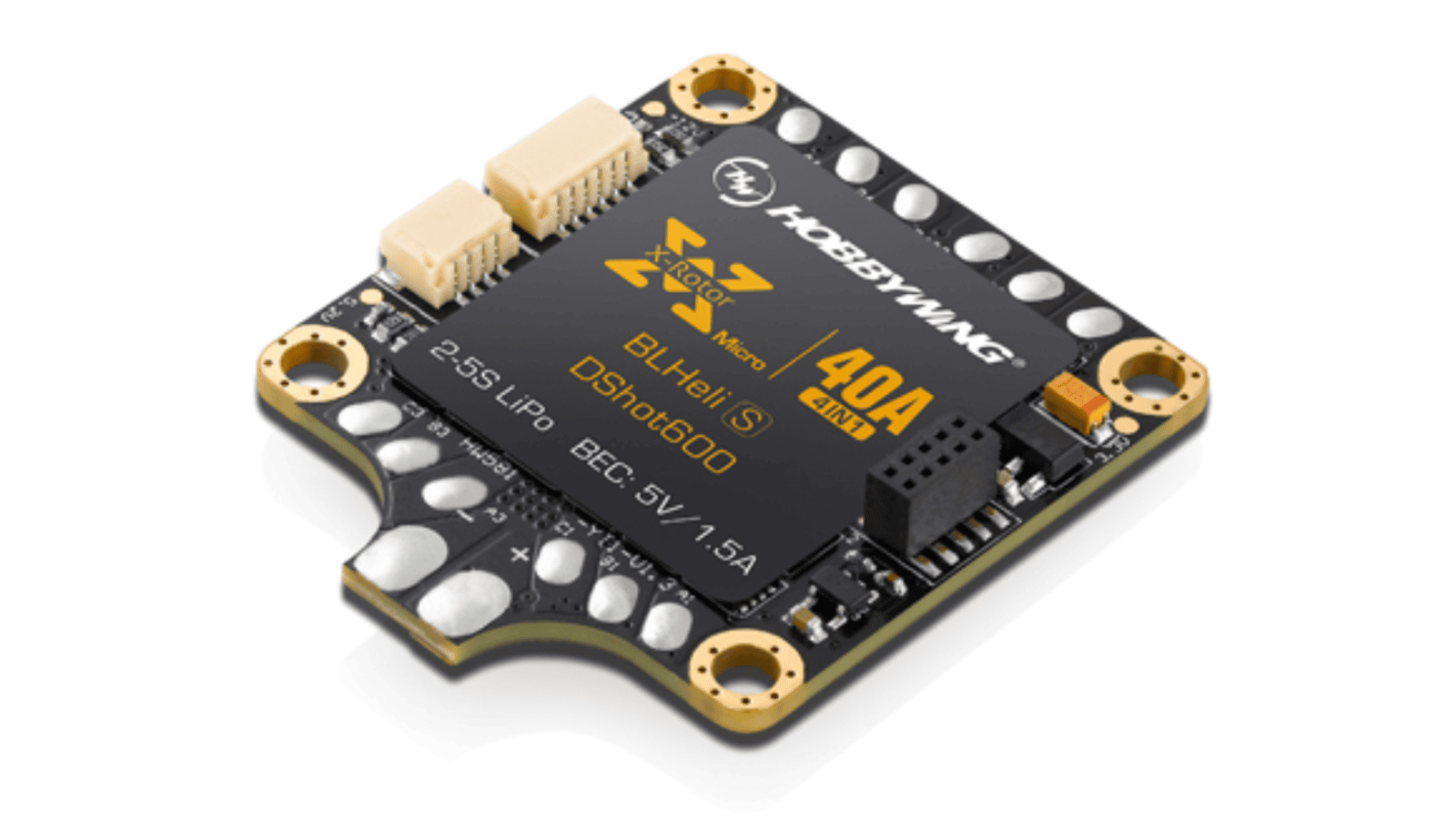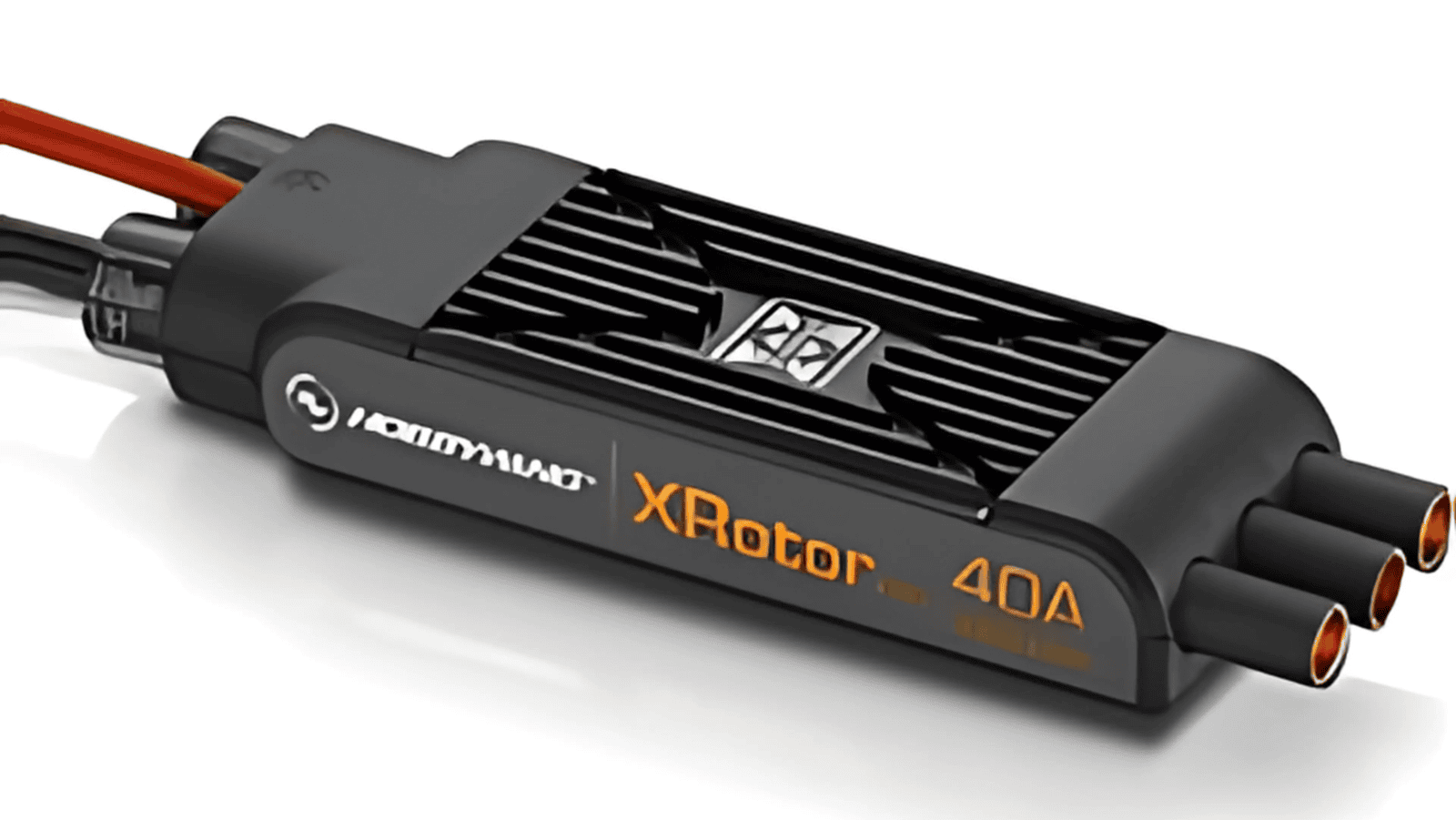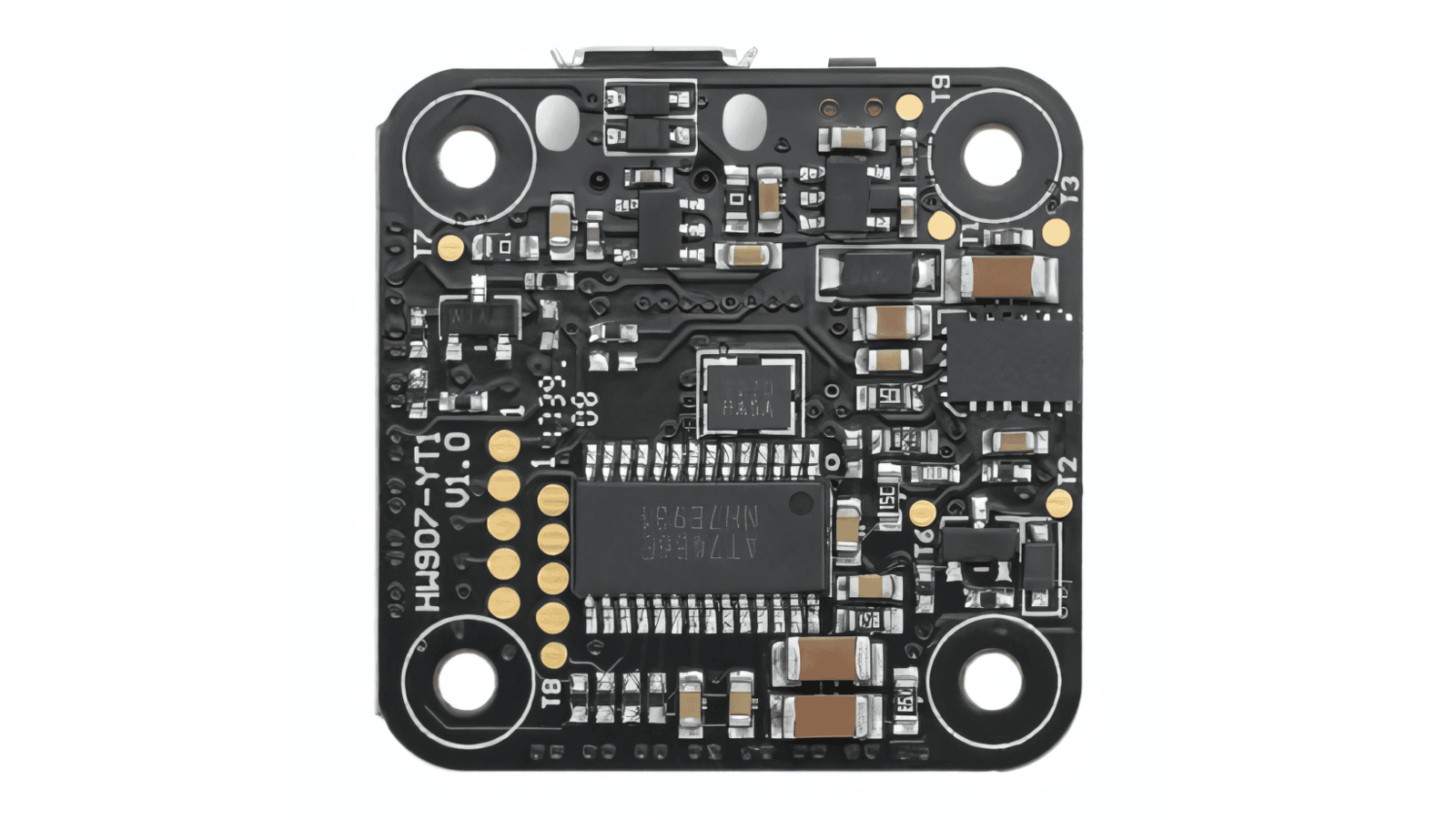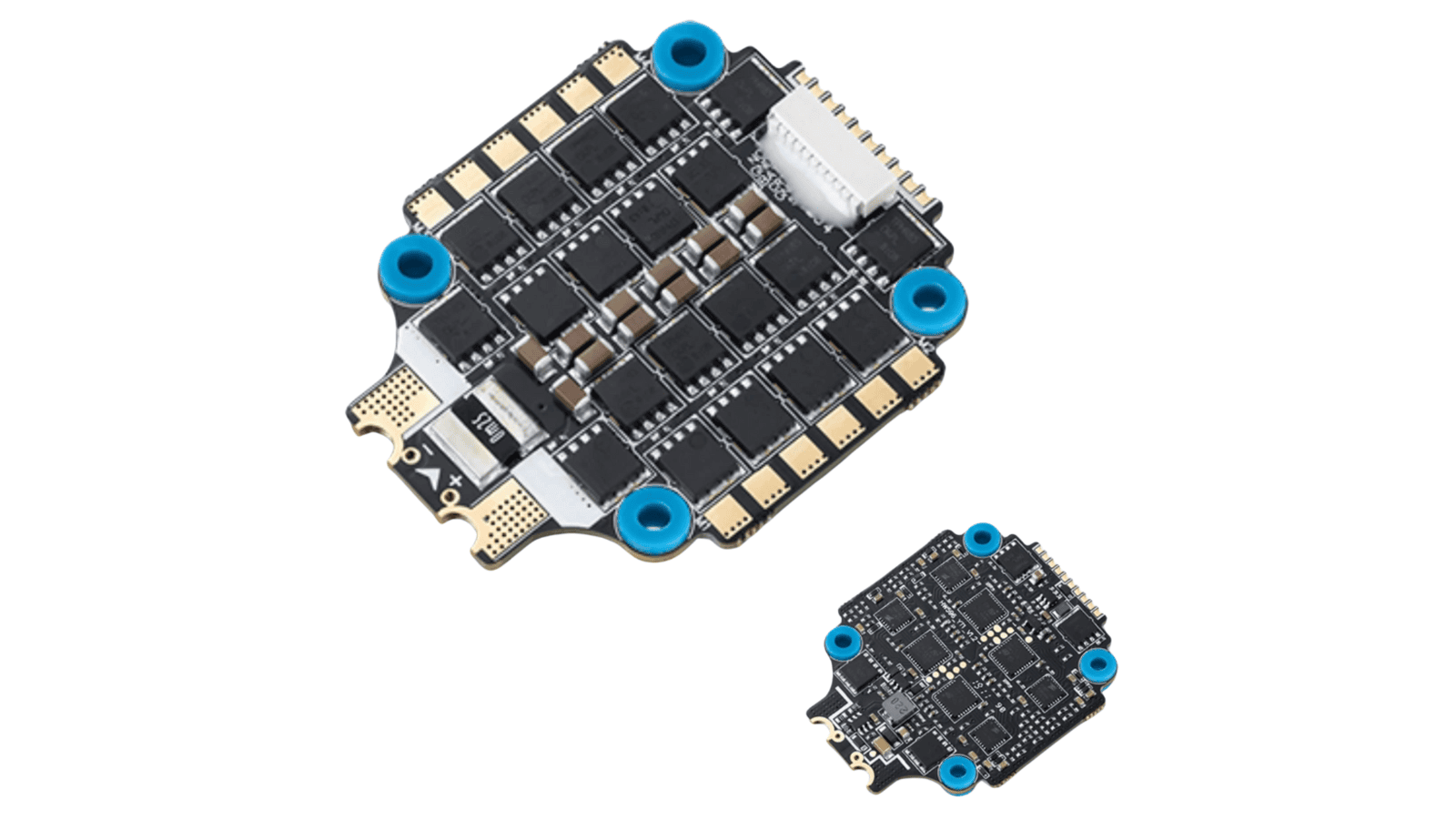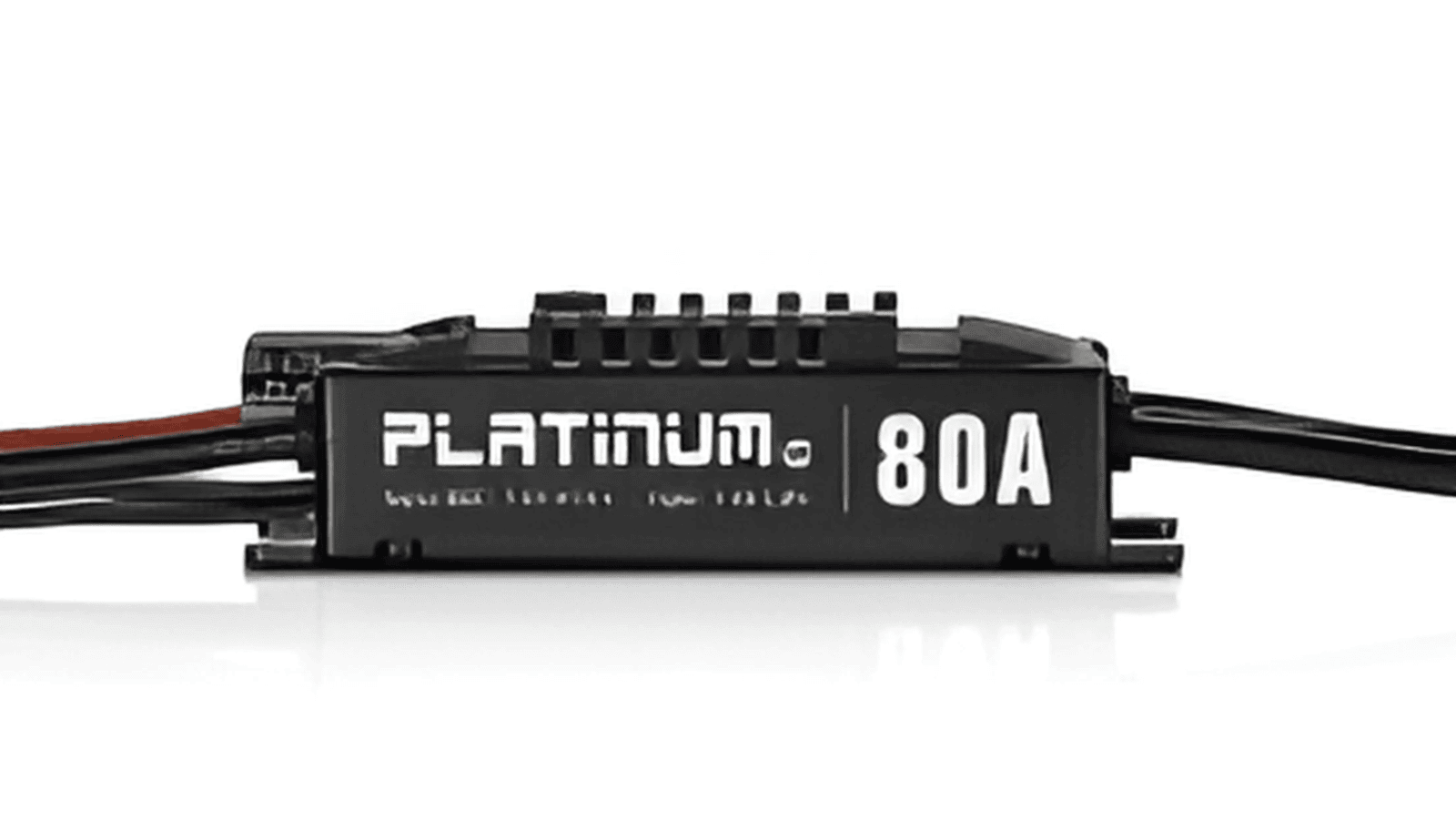Electronic Speed Controllers (ESCs) are one of the most important components in any drone or RC project. They manage the flow of current from the battery to the motors, control motor speed, and ensure stable, reliable performance in the air. Without a well-chosen ESC, even the best drone frame, motors, and batteries won’t deliver smooth flight.
When it comes to ESCs, Hobbywing has earned a strong reputation for producing reliable, efficient, and high-performance options for drone enthusiasts, FPV racers, and professionals. But with so many HobbywingESCs on the market, choosing the right one can be confusing.
In this blog, we’ll take a deep dive into Hobbywing’s most popular ESC models, compare their features, and help you find the perfect fit for your project.
Before jumping into comparisons, let’s quickly understand why Hobbywing is such a trusted brand in the drone community.
Reliability:HobbywingESCs are known for stable performance and durability.
Advanced Technology: Many models support DShot, BLHeli firmware, and advanced signal processing for smoother flight.
Wide Range: From tiny 20A ESCs for micro drones to 80A+ ESCs for large quadcopters, there’s a model for every project.
Good Heat Management: High-quality FETs and heat sinks prevent overheating during long flights or racing.
Value for Money:Hobbywingoffers professional-level performance at a reasonable price.
Understanding ESC Basics:-
Before comparing models, it’s useful to know some key terms:
Amperage (A): The current handling capacity of the ESC (e.g., 30A, 45A, 80A). Higher amperage is needed for bigger motors and more demanding setups.
Voltage (S): Refers to the battery cell support (3S, 4S, 6S, etc.). A 6S-compatible ESC supports higher-voltage batteries for longer flight and better power.
Protocol: Digital protocols like DShot ensure faster, more accurate communication between the flight controller and ESC.
Firmware: Many Hobbywing ESCs use BLHeli_32, which offers advanced features like motor timing adjustment and telemetry.
Hobbywing ESC Series Overview:-
Here’s a breakdown of the most popular Hobbywing ESCs and their ideal use cases:
1. Hobbywing XRotor Micro 4-in-1 ESC Series:-
Best For: FPV racing drones and freestyle flying
Amperage Options: 30A, 35A, 45A, 60A
Voltage Support: 3–6S LiPo
Key Features:
Compact 4-in-1 design (saves weight and space)
BLHeli_32 firmware
DShot1200 ready
Strong over-current and temperature protection
Why Choose It: Perfect for pilots who want a lightweight and efficient solution for racing or freestyle quads. Smooth throttle response and excellent durability.
- Best For: Professional aerial photography drones and heavy-lift builds
- Amperage Options: 40A to 80A
- Voltage Support: Up to 12S LiPo
Key Features:- Designed for high-end multirotors (cinematography drones, industrial drones)
- Advanced cooling design
- Excellent efficiency at high power levels
- Stable signal for smooth aerial shots
Why Choose It: If you are building a drone for carrying cameras (like DSLR or cinema cameras) or agricultural spraying drones, the XRotor Pro series provides reliable power for heavier loads.
3. Hobbywing XRotor Nano Series:-
Best For: Micro drones and tiny whoops
Amperage Options: 20A–30A
Voltage Support: 2–4S LiPo
Key Features:
Ultra-small and lightweight design
BLHeli_32 support
High-speed DShot protocol compatibility
Why Choose It: Perfect for pilots who fly small indoor or micro drones. Despite their size, they deliver surprisingly powerful and responsive performance.
4. Hobbywing XRotor G2 Series:-
Best For:FPV drones needing extra durability
Amperage Options: 35A, 45A, 60A
Voltage Support: 3–6S LiPo
Key Features:
Upgraded heat dissipation design
Built-in BEC (some models)
Stronger durability for crashes
Why Choose It: Great option for aggressive FPV pilots who want a reliable ESC that can handle stress, crashes, and overheating.
5. Hobbywing Platinum Pro ESCs (for helicopters and planes, but sometimes used in drones):-
Best For: Large-scale drone projects and fixed-wing UAVs
Amperage Options: 50A–130A
Voltage Support: Up to 12S
Key Features:
Governor mode for consistent RPM
Excellent heat management
Smooth throttle linearity
Why Choose It: Mostly for industrial or custom UAV projects that require heavy power and long-term stability.
Hobbywing ESC Comparison Table:-
Series | Amperage Options | Voltage Support | Best Use Case | Key Advantage |
30A–60A | 3–6S | FPV Racing & Freestyle | Compact, lightweight, fast response | |
40A–80A+ | Up to 12S | Professional Cinematography & Heavy Lift | Stable, efficient, handles heavy loads | |
XRotor Nano | 20A–30A | 2–4S | Micro drones, tiny whoops | Ultra-lightweight, powerful for size |
35A–60A | 3–6S | FPV durability-focused builds | Heat-resistant, crash durable | |
Platinum Pro | 50A–130A | Up to 12S | Large UAVs & Industrial drones | Long-term stability, governor mode |
How to Choose the Right Hobbywing ESC for Your Project:-
When selecting your ESC, consider the following factors:
Drone Type:FPV racing, freestyle, cinematography, agriculture, or industrial.
Motor Specs: Match the ESC amperage and voltage rating to your motor requirements.
Battery: Ensure the ESC supports your battery voltage (3S, 4S, 6S, etc.).
Flight Style: Aggressive FPV racing needs a high burst-current ESC, while aerial photography needs smooth and stable output.
Size and Weight: Micro drones require lightweight ESCs, while big rigs can handle heavier units with more power.
Budget:Hobbywing offers affordable options without compromising quality.
Final Thoughts
Hobbywing ESCs are trusted by drone enthusiasts and professionals worldwide for one reason — reliability. Whether you’re building a micro drone, an FPV racer, or a professional aerial photography rig, Hobbywing has an ESC tailored to your needs.
Go with XRotor Micro or G2 for FPV and freestyle.
Choose XRotor Pro for aerial photography or heavy-lift drones.
Pick XRotor Nano for small drones and tiny whoops.
Select Platinum Pro for industrial UAVs and large-scale projects.
With the right Hobbywing ESC, you’ll enjoy smoother flights, better control, and improved overall performance.

